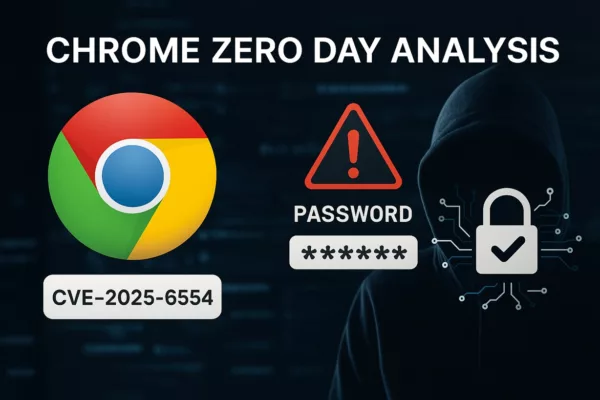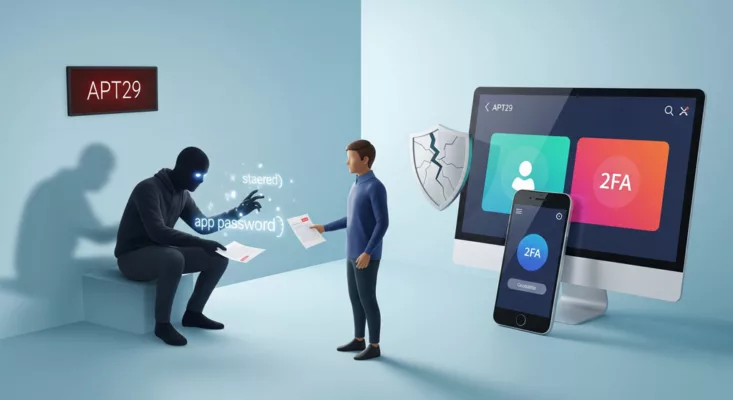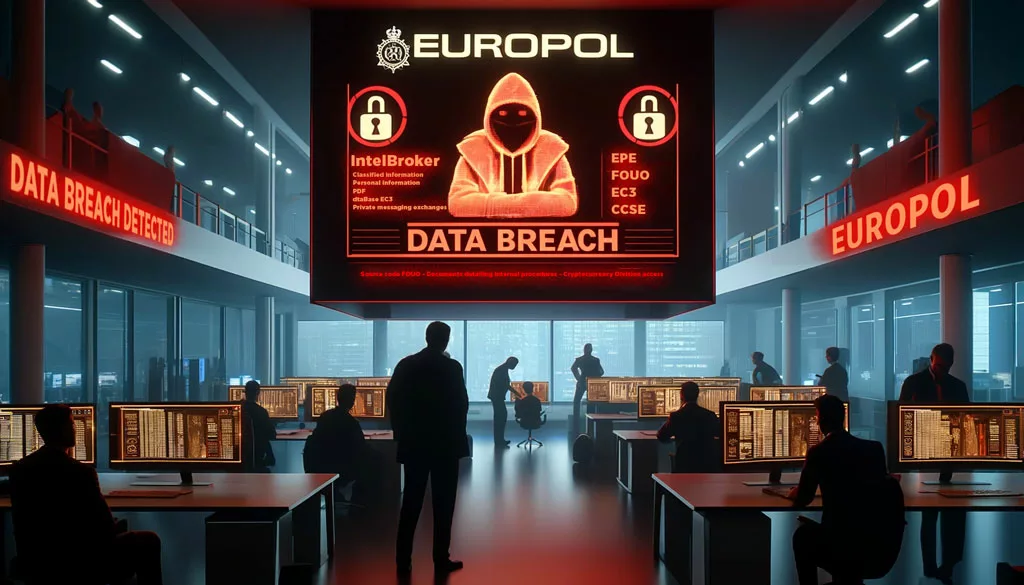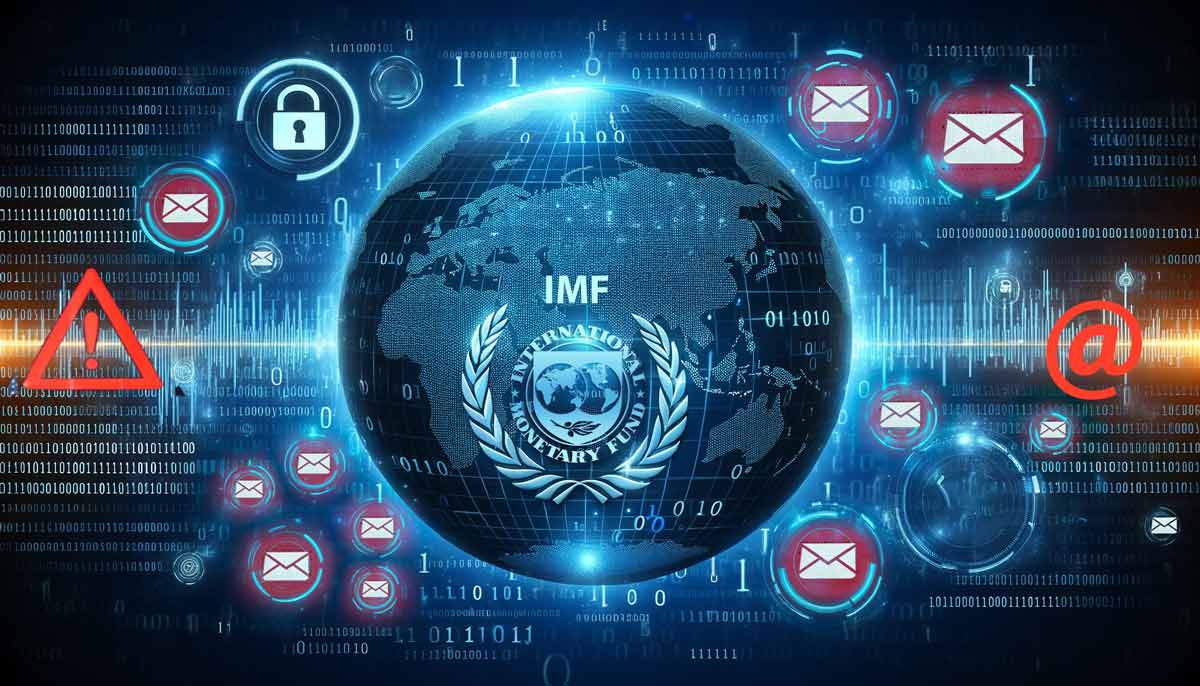A Major Intrusion Unveiled In July 2024, the Leidos Holdings data breach came to light, revealing sensitive internal documents on a cybercriminal forum. These documents exposed critical vulnerabilities within the IT infrastructure of several U.S. government agencies, including the Pentagon, Homeland Security, and NASA. The details of the breach remain unclear, but initial reports suggest […]
Stay informed!
Join our community of technology enthusiasts! Subscribe to our newsletter and receive exclusive updates on the latest news, special offers, and tips from Freemindtronic. Stay informed on the latest technology trends, discover new products, and be among the first to take advantage of them. Sign up now by entering your email address below. Don't miss any updates from Freemindtronic!










